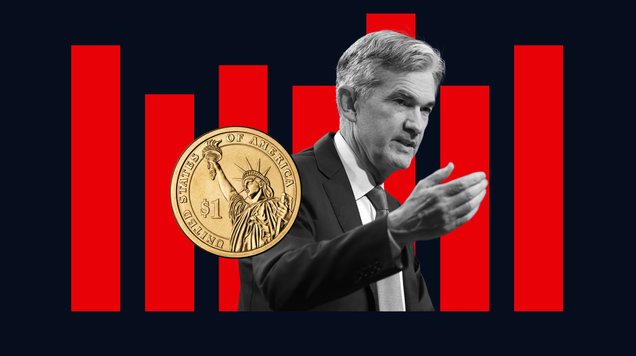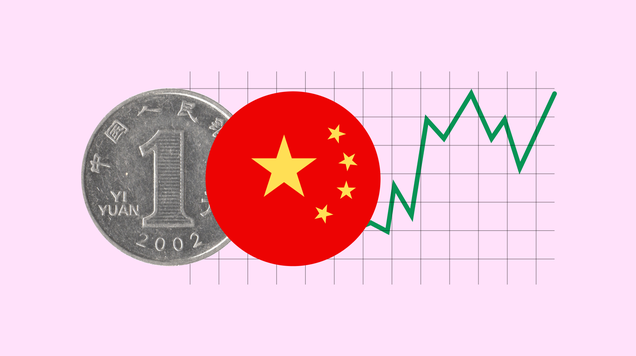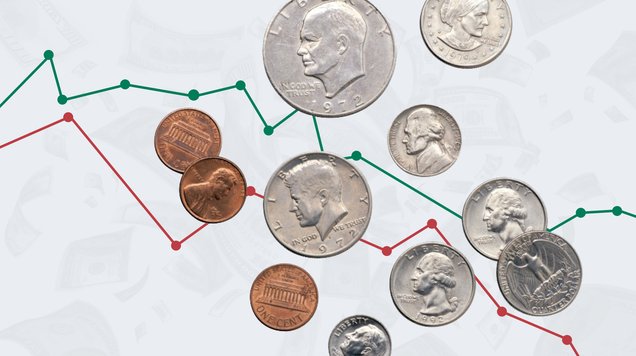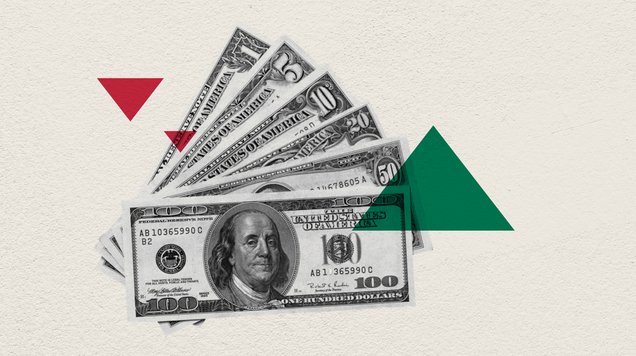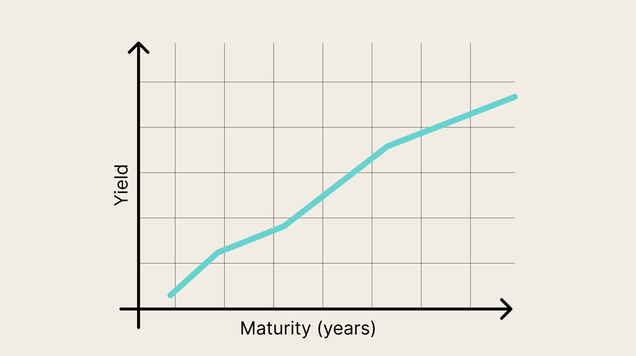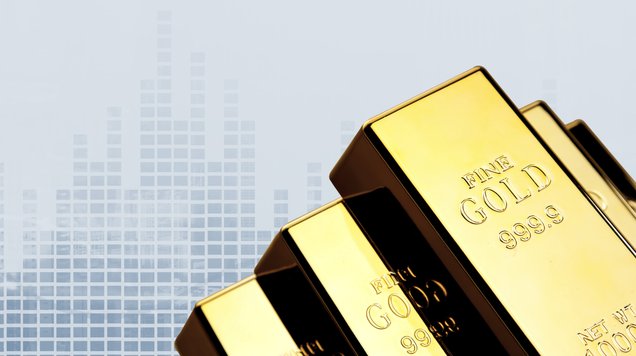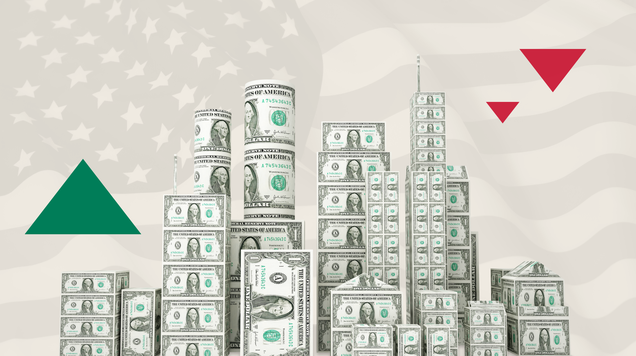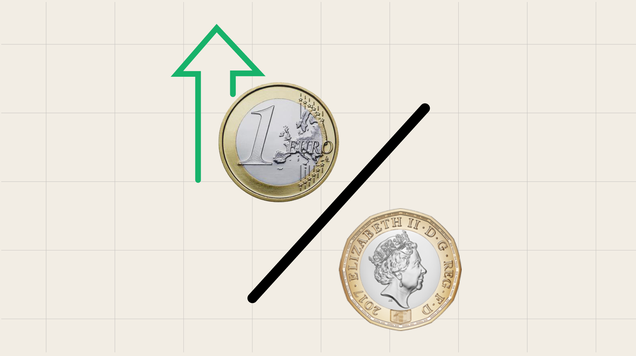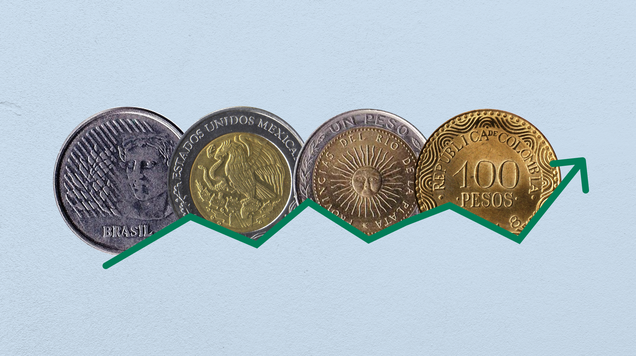The Fed's inflation battle: Are rate cuts next?
The Fed stands on the brink of a potential rate cut.
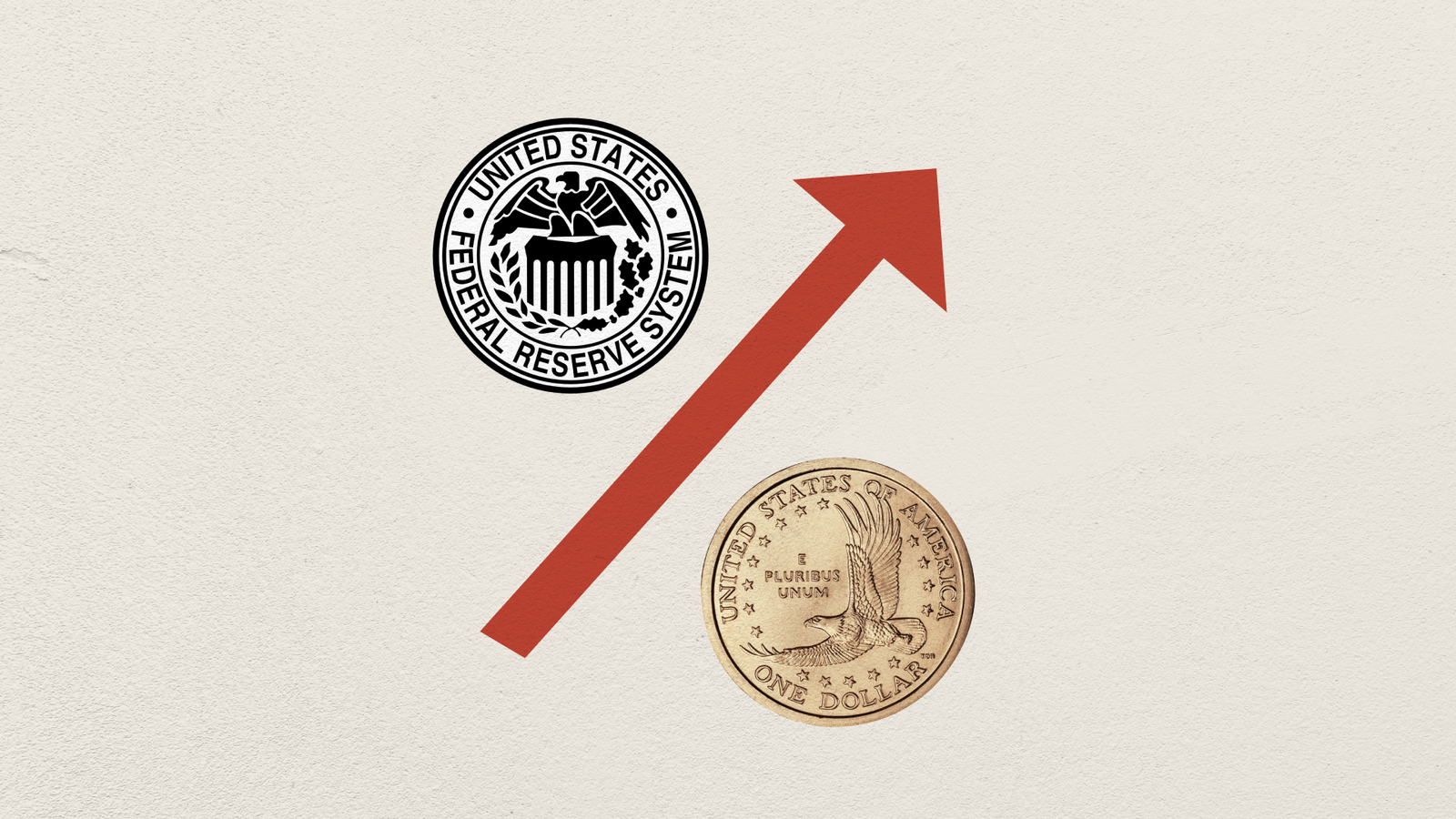
U.S. inflation continues to ease, suggesting the most aggressive tightening cycle in decades may be winding down.
The Federal Reserve's messaging has shifted, with policymakers signaling a more cautious and data-dependent outlook.
Is the Fed's job done? Some analysts argue the central bank has achieved its inflation-fighting goals — at least for now.
How the world responds to the Fed: Is the fight against inflation over?
The world closely watches every move the Federal Reserve makes, especially when it comes to interest rates. Whether the Fed raises or cuts rates, the effects ripple far beyond U.S. borders. In times of monetary easing and lower interest rates, global capital often flows into riskier markets. When the Fed tightens policy, the opposite typically happens.
The Fed, which is responsible for U.S. monetary policy, doesn’t just influence the U.S. dollar or domestic economy. Its decisions often dictate the direction of global financial markets.
A Century of influence
The Federal Reserve was created in 1913 as a response to recurring financial crises, with the aim of stabilizing the banking and monetary systems. Over time—especially after the Great Depression of the 1930s, roles expanded significantly.
Today, the Fed is the central institution tasked with maintaining monetary stability, managing inflation, and ensuring sustainable economic growth. It adjusts interest rates—raising them to cool inflation or cutting them to stimulate growth—and works to prevent systemic financial risks.
Is inflation still a problem?
Inflation began surging in 2020, after central banks slashed interest rates to protect economies from the fallout of COVID-19. But by 2022, inflation had reached levels not seen since the 1980s, forcing the Fed into its most aggressive rate-hiking cycle in decades in a bid to prevent stagflation.
That policy pivot eventually paid off. Inflation has steadily declined, allowing the Fed to gradually shift its tone. It began easing rates again last year. As of now, annual inflation stands at 2.7%, edging closer to the Fed’s 2% target.
What tools does the Fed use to fight inflation?
The Federal Reserve has several key tools at its disposal:
- Raising interest rates to reduce money supply and curb inflation.
- Open market operations, used to adjust liquidity in the banking system.
- Reserve requirements, which determine how much banks must hold in reserve.
- Forward guidance, to shape market expectations about future policy.
In effect, the Fed directly influences the cost of borrowing across the economy—impacting consumer loans, mortgages, business investment, and overall spending.
How did the Fed respond to the 2008 global financial crisis?
When the 2007–2008 financial crisis erupted—triggered by a wave of bank failures—markets around the globe panicked. Major stock sell-offs led to record losses for American corporations and quickly spread internationally.
The Fed responded by launching an aggressive monetary stimulus campaign. It injected liquidity into the financial system via emergency lending programs designed to support short-term funding for institutions. Interest rates were slashed to near-zero levels to support the collapsing economy.
Has the Fed succeeded in controlling inflation?
For now, the answer appears to be yes.
Although the Fed still faces pressure in fully bringing prices under control, recent data suggests that its policies have been effective. Inflation is down from its peak, and the pace of price increases is much more manageable.
However, one lingering challenge is the impact of trade tariffs. Tariff hikes implemented during the Trump administration have added inflationary pressures to the economy. Fed Chair Jerome Powell has acknowledged the role these tariffs play, stating that their impact on prices must be monitored carefully before making further policy shifts.
